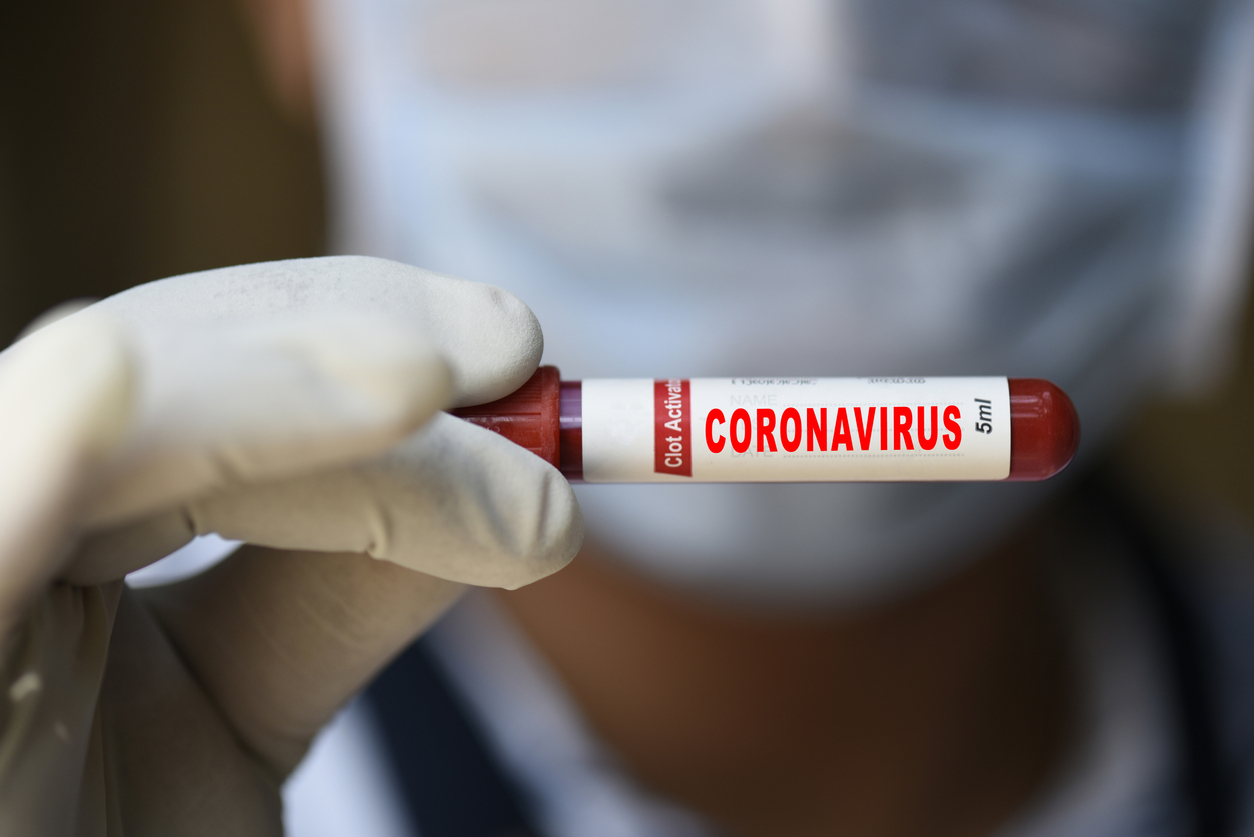
New biosensor can quickly detect novel coronavirus, say Swiss scientists

Swiss scientists have developed an optical biosensor that they say can quickly and reliably detect SARS-CoV-2, the virus that causes COVID-19.
The sensor developed by researchers, including those from ETH Zurich in Switzerland, will not necessarily replace the established laboratory tests, but could be used as an alternative method for clinical diagnosis.
More prominently, it can be used to measure the virus concentration in the air in real time. For example, in busy places like train stations or hospitals, the researchers said.
Fast and reliable tests for the new coronavirus are urgently needed to bring the pandemic under control as soon as possible, they said.
Most laboratories use a molecular method called reverse transcription polymerase chain reaction, or RT-PCR for short, to detect viruses in respiratory infections.
This is well established and can detect even tiny amount of viruses — but at the same time it can be time consuming and prone to error.
Related news | Death toll in India due to COVID-19 touches 640; cases rise to 19,984
Jing Wang and his team at the Swiss Federal Laboratories for Materials Science and Technology (Empa) have developed an alternative test method in the form of a biosensor that combines two different effects to detect the virus safely and reliably: an optical and a thermal one.
The sensor is based on tiny structures of gold, so-called gold nano islands, on a glass substrate, the researchers explained.
Artificially produced DNA receptors that match specific RNA sequences of the SARS-CoV-2 are grafted onto the nano islands, they said.
The coronavirus is a so-called RNA virus: Its genome does not consist of a DNA double strand as in living organisms, but of a single RNA strand.
The receptors on the sensor are therefore the complementary sequences to the virus unique RNA sequences, which can reliably identify the virus, according to the researchers.
The technology the researchers use for detection is called localised surface plasmon resonance (LSPR).
Related news | India co-sponsors resolution calling for equitable access to COVID-19 vaccines
This is an optical phenomenon that occurs in metallic nanostructures: When excited, they modulate the incident light in a specific wavelength range and create a plasmonic near-field around the nanostructure, the researchers explained.
When molecules bind to the surface, the local refractive index within the excited plasmonic near-field changes, they noted.
An optical sensor located on the back of the sensor can be used to measure this change and thus determine whether the sample contains the RNA strands in question, the researchers said.
To demonstrate how reliably the new sensor detects the current COVID-19 virus, the researchers tested it with a very closely related virus: SARS-CoV, that broke out in 2003 and triggered the SARS pandemic.
The two viruses — SARS-CoV and SARS-CoV2 — differ only slightly in their RNA.
“Tests showed that the sensor can clearly distinguish between the very similar RNA sequences of the two viruses,” explained Wang.
The results are ready in a matter of minutes, the researchers said.
At the moment, however, the sensor is not yet ready to measure the corona virus concentration in the air, they said.
A number of developmental steps are still needed to do this — for example, a system that draws in the air, concentrates the aerosols in it and releases the RNA from the viruses, according to the researchers.

